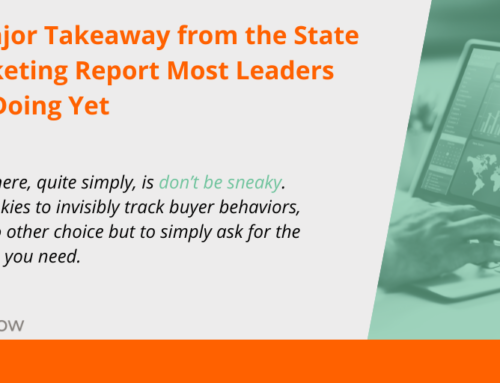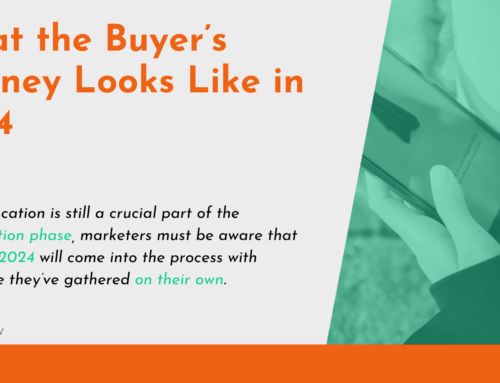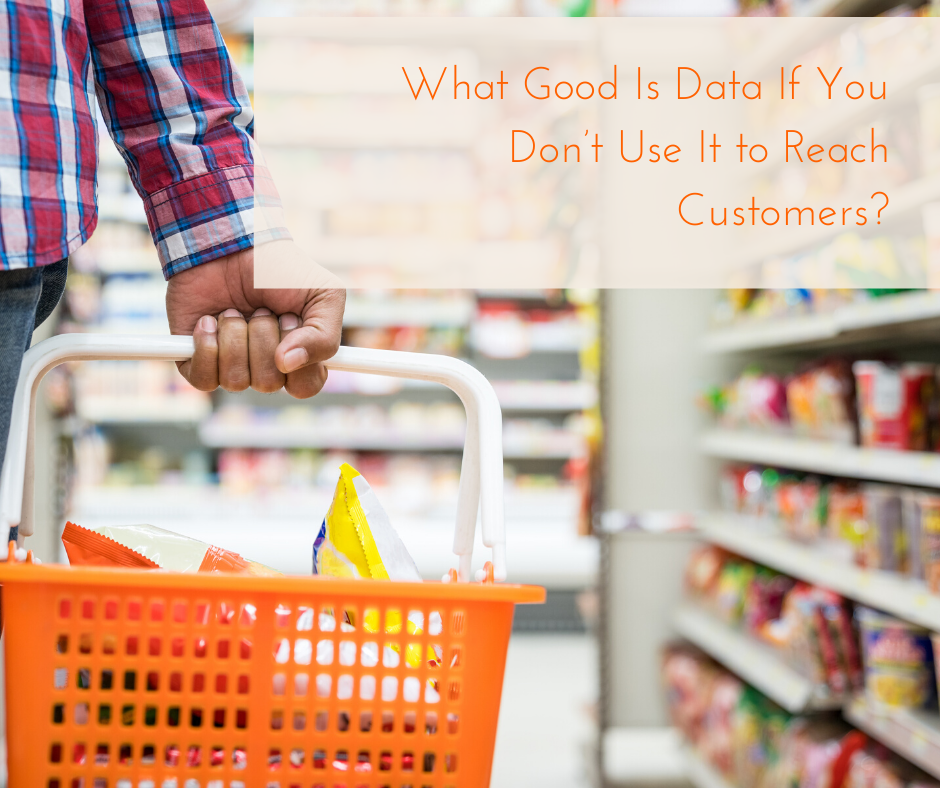
Digital marketing is a bona fide revolution. The ability to reach buyers where they live on the internet changed everything—how we identify customers, how we target them, and how we convince and convert. Digital marketing also opened up opportunities to actually track the buyer throughout the journey, turning people into raw data.
Data then became the moneymaker, not the buyers themselves. We began to analyze large groups of consumers to identify trends, with the intention of throwing a blanket of advertising over them rather than taking the time to determine what drives each individual to pull out their wallet.
Who wants to be identified as just one of the crowd?
From Persona to Personalized Marketing
Marketing to personas does help to provide relevant content and experiences, which makes 91% of consumers more likely to shop. Conversely, 70% of Millennials get frustrated with brands that send marketing material they find irrelevant. So, how many of your customers might fit within a persona but still find the information they receive from your company irrelevant? It could happen more often than you think.
Believe it or not, your data is right there, waiting to help you drill down further into each individual buyer, so you can personalize every experience.
Collecting the Information
When a prospective buyer finds your brand for the first time, you may not have much information for personalized marketing beyond your general personas. And that’s okay. As we said, a persona is a great launching point. If you really want to drive those purchases, however, you need to learn more about each individual so that you can deliver truly targeted messaging.
Data collection has gotten a bit of a bad rap, especially among those who were unaware their information was being captured. However, when you’re transparent about your collection methods and how you plan to use the information, consumers are much more open and willing to give you the data you need. In fact, 90% of shoppers are willing to share their behavioral data if you’ll make the process more personalized for them.
Collection methods can vary—from forms on your website to choose-your-own-adventure style CTAs in your email marketing. By providing a clear path for your prospects to follow, through buttons or forms that lead to information specific to their needs, you can begin to build trust with your buyers. More trust equals more information, which then leads to more purchases.
What Personalized Marketing Looks Like
Dale Carnegie once said, “A person’s name is to him or her the sweetest and most important sound in any language.” That’s your first goal: to call your buyers by name whenever possible. When sending email marketing, personalize as closely as possible.
Check out this welcome page example from ModCloth. Right away, a few things should stand out. First, they take every opportunity to greet the buyer by name—both first and last where appropriate. Next, they provide options for the buyer to tailor the purchasing experience: email preferences, how they prefer to pay, and wishlist information. Further down the page, the buyer has the option of entering clothing measurements and style preferences, giving ModCloth the ability to provide truly personalized product recommendations.
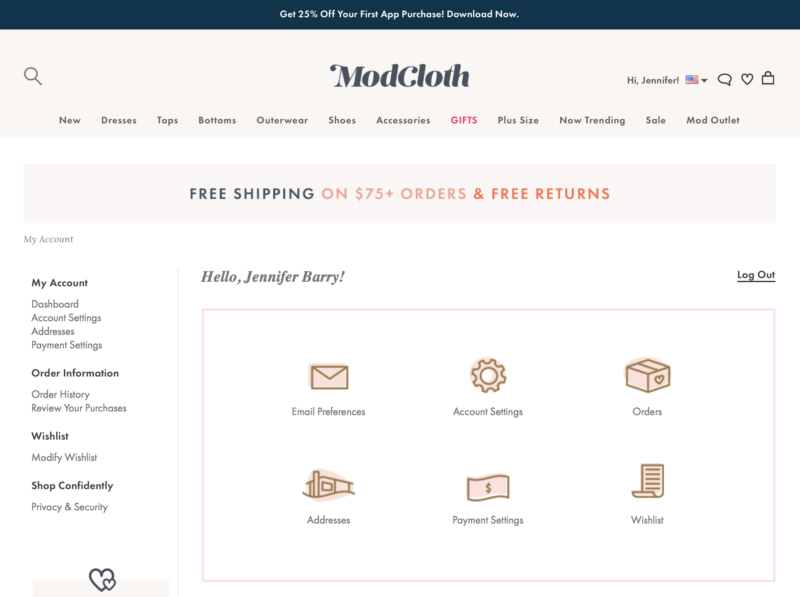
Email marketing gives brands opportunities to learn more about individuals with every inbox delivery. Not every recipient will be ready to buy, even after receiving a huge coupon or news of a big sale. That doesn’t mean your brand can’t get other useful information, while also nurturing the consumer through the buying process.
Take a look at this email from furniture brand One Kings Lane. The expected browsing opportunities are presented, as well as discount options. Then, for buyers who are interested in the brand but not ready to buy, there’s an invitation to visit the blog.
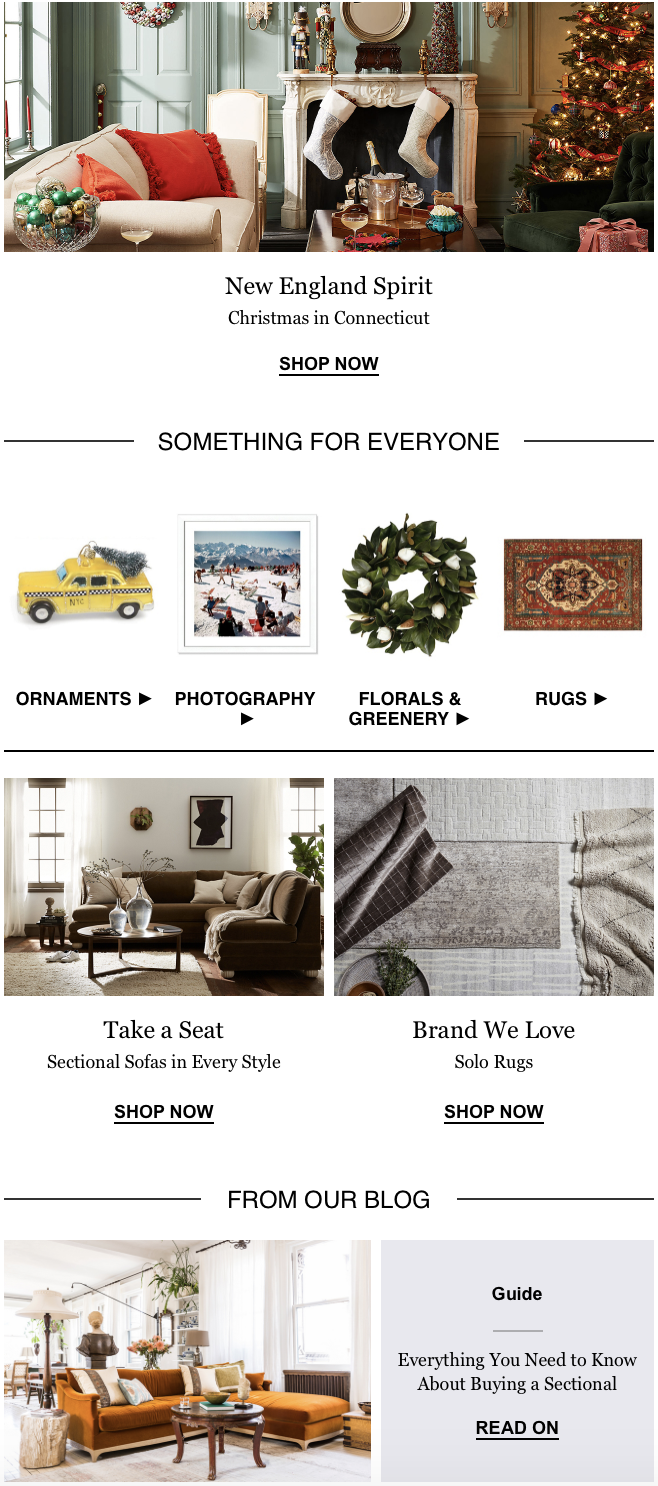
Every page on your blog gives you yet another opportunity to learn more about your buyers so that you can provide personalized marketing content. One call-to-action may not prompt a response, especially if that action has already been completed. You can, however, include a second CTA in order to get more information about the buyer’s location in the buying process. Take the CTA here:
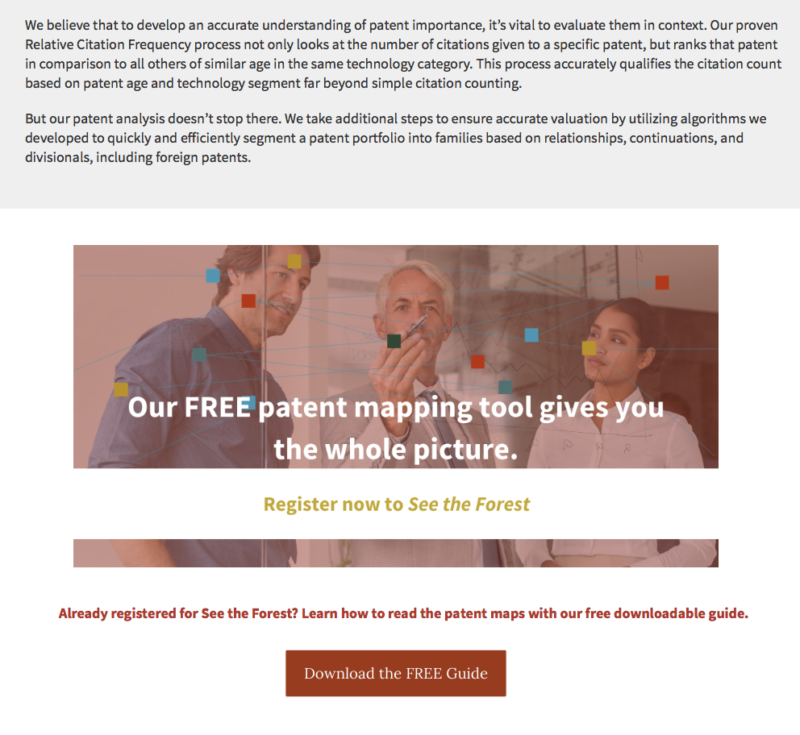
As you collect information, you can then use the data to segment your buyers for more personalized marketing campaigns. The more you learn, the better you can target, from location and income to particular products they’ve shown interest in before. After purchases are made, you have more data to add so that you can provide additional product suggestions according to the preferences they’ve already exhibited.
You can also apply the information you gather over time to a loyalty program that meets your buyers’ specific needs. Do they want surprise discounts? Do they prefer free samples? Maybe they want to be involved in creating your next product. The more you know about each buyer, the better you’ll be able to reward them based on their exact desires.
See here how Wayfair gives buyers a choice for how they wish to be rewarded:
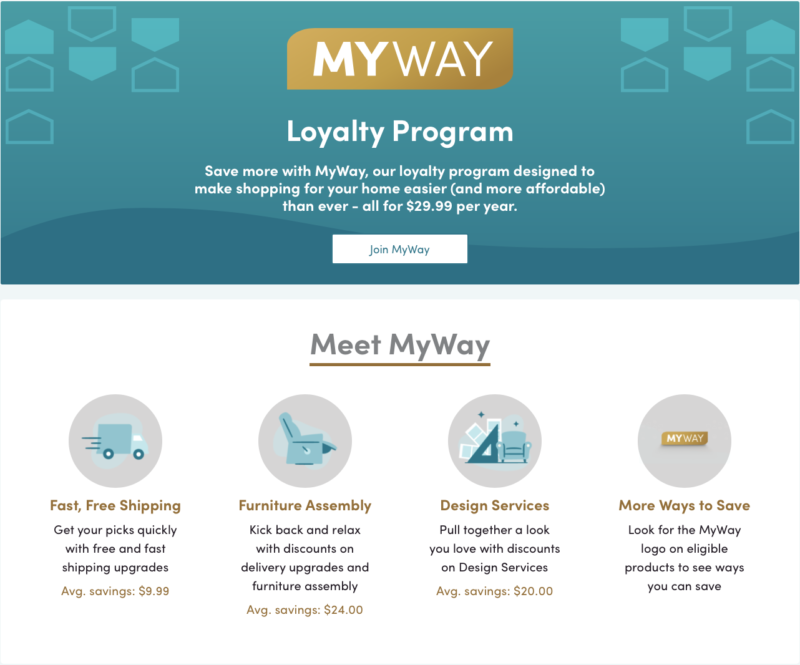
From the collection of data through the creation of personalized marketing messaging all the way to the service after the sale, considering your buyers before anything else is the best way to ensure results. If you’d like to start putting the customer first, give us a call. It’s what we do best.

